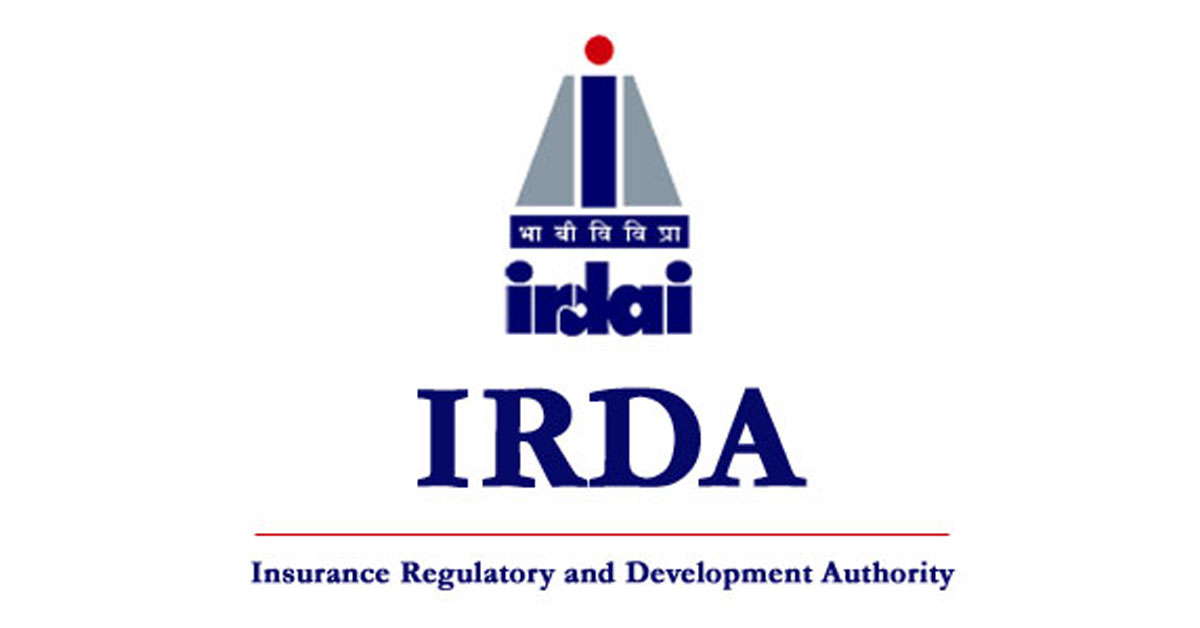Health insurance is essential for financial security, especially when it comes to pre-existing diseases. If you're living with a medical condition, purchasing a health insurance plan requires careful consideration of certain factors, including coverage options, waiting periods, and exclusions.

This comprehensive guide will walk you through how to find the best health insurance plan for pre-existing diseases, factors to consider, and tips to ensure maximum benefits from your policy.
What Are Pre-Existing Diseases?
A pre-existing disease refers to any medical condition or illness that you have been diagnosed with before purchasing a health insurance policy. Common examples include diabetes, hypertension, heart disease, and asthma. Insurance companies usually categorize these conditions as pre-existing if they are diagnosed before the policy’s start date or during a specified time before the purchase of the insurance policy.
How Pre-Existing Diseases Affect Health Insurance
Insurance companies typically assess the risks associated with pre-existing conditions. As a result, they may impose certain restrictions on coverage, such as:
Waiting Period: Most policies have a waiting period of 2 to 4 years for pre-existing diseases before they are covered.
Higher Premiums: Due to the increased risk of claims, policies for individuals with pre-existing conditions often have higher premiums.
Exclusions: Certain plans may exclude specific treatments related to pre-existing diseases altogether.
Internal Link Opportunity: Explore health insurance policies with coverage for pre-existing diseases.
Key Factors to Consider When Buying Health Insurance for Pre-Existing Diseases
When purchasing health insurance with pre-existing conditions, you need to evaluate several aspects of the policy to make sure it fits your needs.
1. Waiting Period
The waiting period refers to the time you must wait before your pre-existing condition is covered by the insurer. This period can range from 2 to 4 years, depending on the insurer and the severity of the medical condition. It is important to compare different plans and select one with the shortest waiting period if possible.
2. Coverage Amount
It's crucial to select an adequate sum insured for your policy, especially if you have a pre-existing condition. The treatment for chronic diseases can be expensive, so a higher coverage amount ensures that medical bills are managed without out-of-pocket expenses.
3. Premiums
As pre-existing diseases may increase the likelihood of claims, insurers often charge higher premiums for these policies. Make sure to compare multiple plans and premiums to find the one that provides the right balance between cost and coverage.
4. Exclusions
Some health insurance policies may exclude certain treatments or surgeries related to pre-existing diseases. Read the policy terms carefully to ensure there are no hidden exclusions that could affect your treatment options.
5. Network Hospitals
Check the insurer’s list of network hospitals where you can avail cashless treatment. This feature is crucial for quick hospital admissions and claims processing without worrying about upfront payments.
Waiting Period for Pre-Existing Diseases in Health Insurance
The waiting period is a critical aspect when purchasing health insurance for pre-existing diseases. During this time, any claims related to your pre-existing conditions will not be accepted. After the waiting period ends, your insurer will start covering the medical expenses for treatments related to these conditions.
Types of Waiting Periods:
Initial Waiting Period: This is the standard waiting period of 30 days to 90 days, during which no claims can be made, except for accidental hospitalizations.
Pre-Existing Disease Waiting Period: This can last between 2 to 4 years, depending on the policy and the severity of the disease.
Specific Disease Waiting Period: Some policies may impose specific waiting periods for diseases such as joint replacements or cataracts, which could be anywhere between 1 to 3 years.
Tip: Look for policies that offer the option to reduce the waiting period by paying an extra premium. This can help you access treatment faster.
How to Reduce the Waiting Period for Pre-Existing Diseases?
While you cannot completely eliminate the waiting period, some insurers offer options to reduce it. Here are a few ways to minimize the impact of waiting periods:
1. Portability
If you already have a health insurance plan and want to switch to a new provider, you can transfer your existing policy without resetting the waiting period. The time already served under the previous policy’s waiting period will count towards the new policy.
2. Riders
Some insurers provide riders that allow you to reduce the waiting period for pre-existing diseases by paying an additional premium. These riders help lower the time you need to wait before making a claim.
3. Choose Specialized Plans
Certain insurers offer specific health insurance plans designed for people with pre-existing conditions. These plans may have shorter waiting periods or lower exclusions.
How to Choose the Right Health Insurance for Pre-Existing Diseases?
Choosing the right policy for pre-existing diseases requires careful consideration of multiple factors. Here’s a checklist to help you make an informed decision:
Compare Policies: Use online comparison tools to compare different plans in terms of waiting periods, premiums, and coverage for pre-existing conditions.
Look for Comprehensive Coverage: Ensure that the policy offers coverage for hospitalization, diagnostic tests, surgeries, and other treatments related to your pre-existing condition.
Read Policy Terms Carefully: Go through the fine print of the policy document to check for exclusions, waiting periods, and claim processes.
Check Claim Settlement Ratio: Choose insurers with a high claim settlement ratio to ensure a smooth claim process when needed.
Choose an Insurer with a Wide Network of Hospitals: Having access to cashless treatments at network hospitals ensures you receive medical care without financial worries.





